A Double Bill from Arqiva: Part 2
A group of Media Technology students visited Arqiva’s Crawley Court site today for a tour of the facility and some talks on the technologies and innovations that they’re involved with.
We were greeted by Talent Coordinator Tracy Bevan and taken around the site by Platform Developer David Pearce and Broadcast Support Systems Engineer Bradley Woollett. Seeing their regular and occasional use Master Control Rooms (MCR) demonstrated just how much traffic they process, with controllers monitoring incoming feeds and ensuring that the material is packaged and transmitted for hundreds of channels. Arqiva has five such ‘teleports’ across the country that service traffic around the clock for a multitude of broadcasters and mobile operators. The teleports are critical for redistributing signals and have to keep up with the different ways that we now consume media; whilst we were there one of the occasional use MCRs was running a test stream from an OB truck at a ballet to send to cinemas across the country via satellite.

One of the Master Control Rooms at Crawley Court
Students were able to get up close to some of the satellites used for receiving and transmitting. We had some interesting discussions around maintaining signal lock and how signal integrity can be preserved. As we talked there was the occasional creak from the dishes as their motors marginally adjusted their position.
We then had a fascinating talk from Bradley Woollett on playout and what it means to be a playout engineer. Bradley was able to take us through typical ingest and playout workflows and discussed legacy, current and future methods. We discussed file transfer protocols and the different services provided for standard ‘multichannel’ playout and ‘live-reactive’ where advanced ingest and editing services are provided by a dedicated engineer for live content. Bradley also demonstrated the differences in reliability between series and parallel architectures.

Left: Students Outside the Satellit Farm Right: One of the Occasional Use MCRs
After some lunch we met Radio Engineer Pete Knight, who has been heavily involved in rolling out small cell and mobile networks for smart meters. Pete highlighted the theoretical parameters of 5G networks and discussed the topologies used for Internet of Things and Smart Cities. Consumers expect ever-higher bandwidths but it was interesting to note that for these very modern networks, low power and therefore low bandwidth is the priority.
Victoria Allan from the Talent and Development team finished off the day by running through the graduate schemes and career opportunities available at Arqiva before Pete Hill returned to test the students’ awareness with a short quiz.
Many thanks to Arqiva and the engineers who took time out to show us their facility. It’s extremely valuable to be shown the technologies being used – and the roles available – by engineers that are working at the cutting edge of broadcast distribution.




